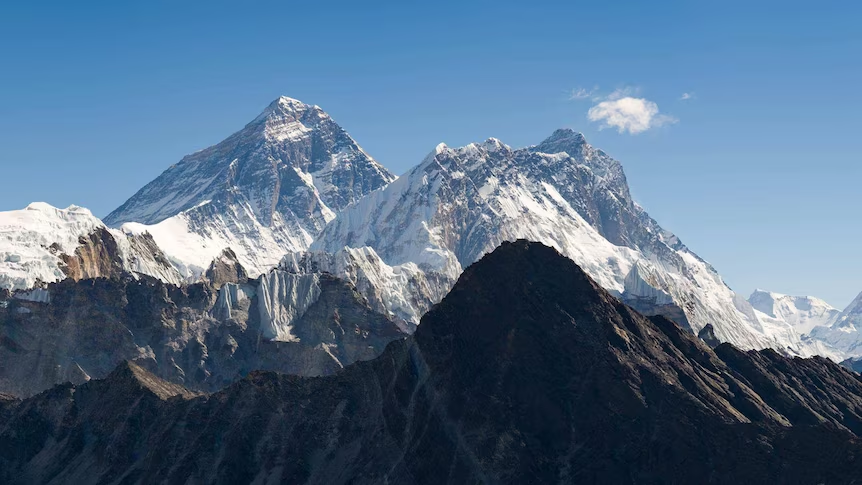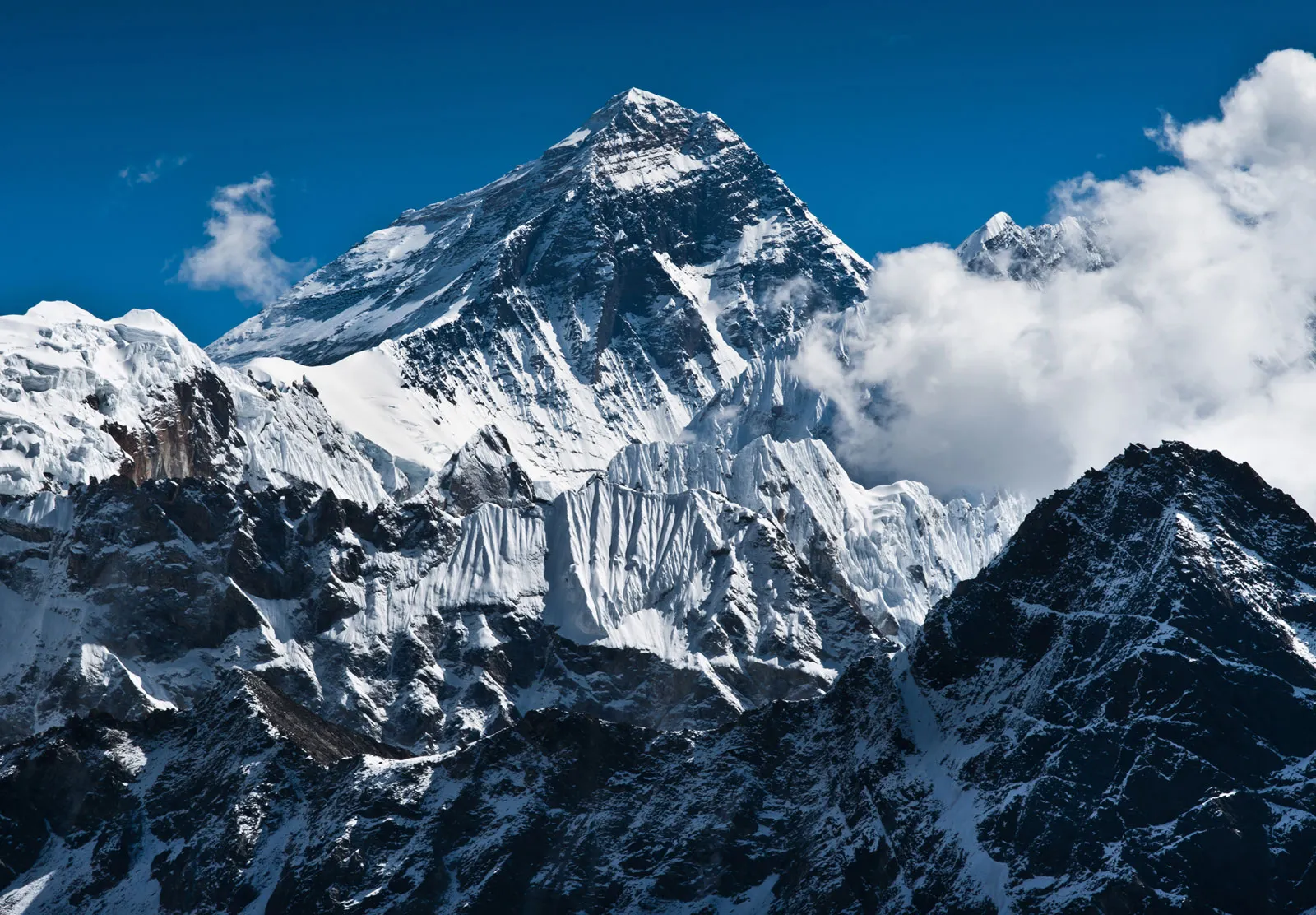Towering approximately 1,000 kilometers in height—over 100 times taller than Mount Everest—these underground peaks are a testament to the mysteries still lurking within our planet.
Published in the esteemed journal Nature, this groundbreaking research has opened a new chapter in our understanding of Earth’s geological history and structure.
The recent discovery of two colossal mountains, hidden deep beneath Earth’s surface, has sent ripples of excitement through the scientific community.
The Monumental Discovery
These two massive formations are located at the boundary between the Earth’s core and mantle, beneath Africa and the Pacific Ocean. Known as “Large Low Seismic Velocity Provinces” (LLSVPs), these structures have been the subject of speculation for decades, but the details of their size, composition, and origins have only now come to light.
The LLSVPs are surrounded by what researchers have termed a “graveyard of tectonic plates,” remnants of the Earth’s dynamic crust that have sunk over millions of years through the process of subduction.
Subduction occurs when one tectonic plate dives beneath another, eventually descending nearly 3,000 kilometers to the core-mantle boundary. This process has likely played a critical role in shaping the massive structures beneath the Earth’s surface. What makes these subterranean mountains unique is their size and potential age.
While Mount Everest, Earth’s tallest surface mountain, stands at 8.8 kilometers above sea level, the LLSVPs rise to an astounding height of about 1,000 kilometers, dwarfing any surface feature.
Read : 36% Rise in Mount Everest Climbing Fees: Now It Will Cost $15,000
Dr. Arwen Deuss, a leading seismologist from Utrecht University, spearheaded the research and expressed awe at the findings. “Nobody knows what they are,” she remarked, underscoring the enigmatic nature of these geological giants.
Read : Elevating Heights: Discovering the Top 10 Largest Mountains Across the Globe
Whether these mountains are a temporary phenomenon or have existed since Earth’s formation nearly four billion years ago remains a tantalizing mystery.
Unraveling the Secrets of the Deep Earth
Scientists have long been aware of anomalies within the Earth’s mantle, thanks to seismic waves generated by large earthquakes. These shockwaves travel through the planet and interact with various materials along their path.
When seismic waves encounter unusual formations, such as LLSVPs, they slow down or change direction, allowing researchers to map the Earth’s interior by studying these disruptions.
Dr. Deuss explained that seismic waves move slower in the vicinity of the LLSVPs, indicating a difference in material properties. This was confirmed by observing the damping of seismic waves, which refers to the energy loss as waves travel through the Earth.
Interestingly, researchers found less damping in the LLSVPs compared to surrounding regions, meaning these structures are less absorbent of seismic energy.

Ms. Sujania Talavera-Soza, a colleague of Dr. Deuss, likened the phenomenon to running in hot weather. “You don’t only slow down, but you also get more tired than when it is cold outside,” she explained.
The LLSVPs, however, defied this analogy. Despite being hotter than their surroundings, they showed little energy loss, suggesting they are composed of larger mineral grains.
These findings imply that the LLSVPs are far older than the surrounding “slab graveyards.” Unlike the newer material introduced into the mantle through subduction, the LLSVPs appear to have remained largely unchanged over billions of years.
This opens up the possibility that these massive structures may hold clues to the Earth’s earliest history, potentially dating back to its formation.
Implications for Earth’s Geological Evolution
The discovery of these underground mountains has profound implications for our understanding of Earth’s geological processes. The existence of such ancient and massive formations challenges conventional models of mantle dynamics and raises questions about the planet’s long-term evolution.
One of the most intriguing aspects of the LLSVPs is their potential role in influencing mantle convection, the process that drives plate tectonics.

Mantle convection involves the movement of semi-solid material within the mantle, which in turn affects the movement of tectonic plates on the surface. The presence of such large and stable structures could create localized disruptions in these convection currents, impacting the behavior of tectonic plates above.
Additionally, the LLSVPs may hold vital clues about the formation of supercontinents. Over Earth’s history, continents have periodically come together to form massive landmasses, only to break apart again.
Seismic studies suggest that the LLSVPs may have played a role in anchoring certain tectonic plates, thereby influencing the location and timing of supercontinent formation.
The age of the LLSVPs also hints at their potential to reveal information about the early Earth. If these structures truly date back to the planet’s formation, they could contain remnants of the materials that made up the primordial Earth.
This could provide a rare glimpse into the conditions that existed billions of years ago, offering insights into the processes that shaped our planet.

The discovery of two mountains over 100 times taller than Mount Everest, hidden deep within the Earth, is a groundbreaking revelation that underscores how much we have yet to learn about our planet. These massive structures, known as LLSVPs, challenge existing models of Earth’s interior and open up new avenues for research into its geological history.
Through the study of seismic waves and the unique properties of the LLSVPs, scientists are piecing together a picture of Earth’s hidden landscape—a world of towering peaks and ancient graveyards buried thousands of kilometers beneath our feet.
As researchers continue to investigate these formations, they may uncover secrets that not only redefine our understanding of the Earth but also shed light on the processes that have shaped the planet since its formation billions of years ago.
This discovery is a testament to the power of science to uncover the unknown and serves as a reminder of the vast mysteries that still lie beneath our feet. The story of the LLSVPs is just beginning, and it promises to be one of the most fascinating chapters in the study of Earth’s deep interior.
let’s enjoy few years on earth with peace and happiness….✍🏼🙏

